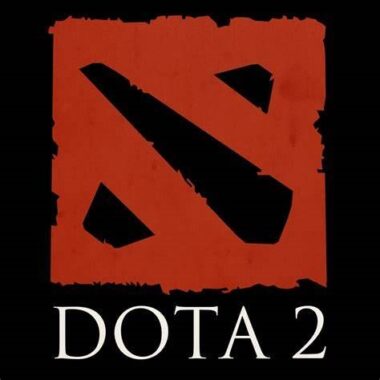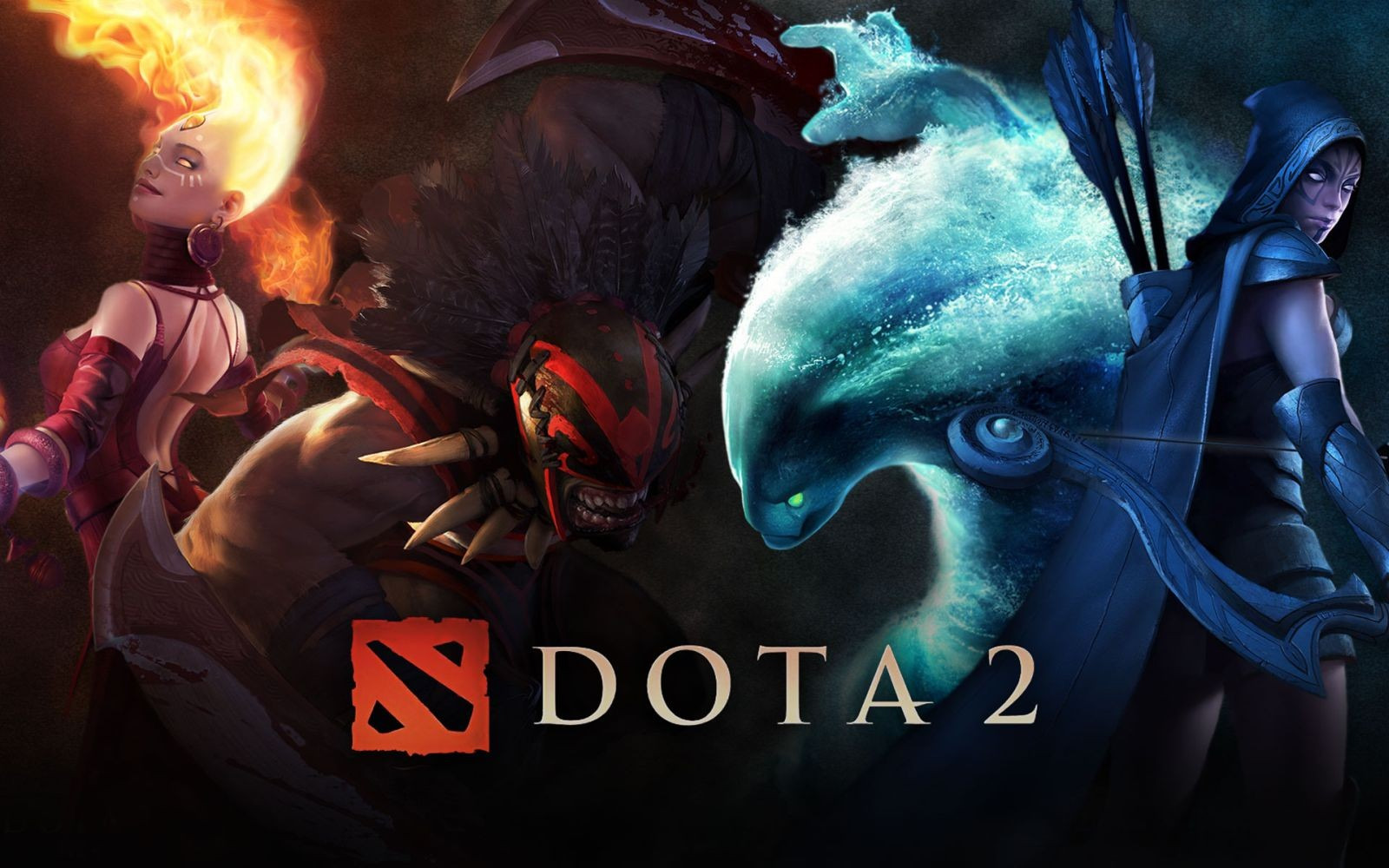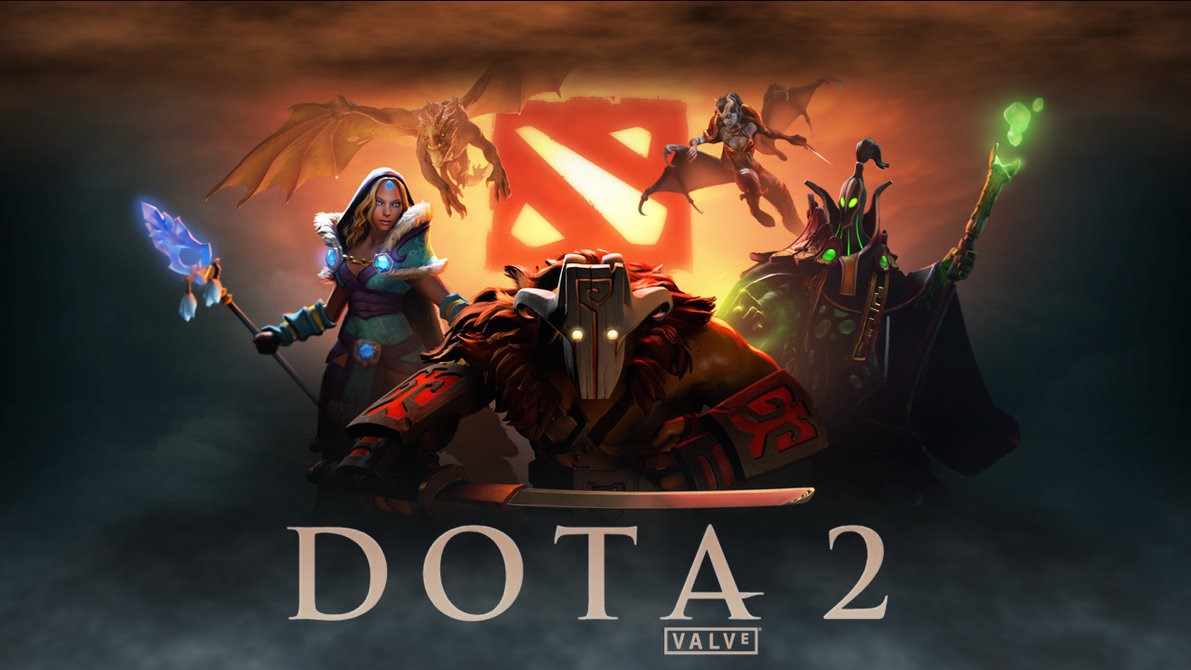Since its release in 2013, Dota 2 has been a dominating force in the multiplayer online battle arena (MOBA) genre. Known for its steep learning curve, vast hero roster, and thriving esports scene, the game continues to captivate millions of players worldwide. In this review, we will explore various aspects of Dota 2, including its gameplay, heroes, community, and the regular updates that keep the game exciting.
1. Origins of Dota 2
Dota 2 was born from the popular mod Defense of the Ancients (DotA), which originated in Warcraft III.
This mod became a massive hit, leading to Valve acquiring the rights and developing Dota 2 as a standalone game. The transition from mod to full-fledged game brought enhanced graphics, polished gameplay, and improved accessibility.
The Legacy of DotA
Dota 2 stands on the shoulders of its predecessor, DotA, a game that defined the MOBA genre.
Players familiar with DotA were pleased to see Dota 2 retain much of its depth while adding new features that made it even more engaging.
2. The Steep Learning Curve
Dota 2 is infamous for its high barrier to entry, and new players often struggle with its complex mechanics.
The game demands not only individual skill but also team coordination and strategic decision-making. Concepts like last-hitting, denying creeps, and lane control can be overwhelming for beginners.
Mastering the Basics
New players should focus on learning core mechanics like map awareness and item builds.
Even small mistakes can result in significant disadvantages, but mastering the basics opens the door to deeper strategic elements.
3. Heroes and Roles
One of the defining aspects of Dota 2 is its massive hero pool, with over 120 heroes to choose from.
Each hero comes with unique abilities, strengths, and weaknesses, making hero selection a critical component of the game’s strategy. Heroes are divided into roles like Carry, Support, Mid, Offlaner, and Roamer, each playing a distinct part in a team’s success.
Hero Roles Explained
Understanding hero roles is vital for building a balanced team.
For example, Carries excel in the late game, while Supports ensure their team survives the early and mid-game phases with healing and crowd control abilities.
4. The Strategy Behind the Game
Success in Dota 2 isn’t just about individual skill—it’s about understanding macro-level strategies.
Controlling the map, managing vision, and executing well-timed team fights are crucial elements in determining the outcome of a match.
Map Control and Vision
Proper warding to maintain vision over key areas is critical to map control.
Teams that effectively manage vision often dominate the mid and late-game, as they can predict enemy movements and respond accordingly.
5. Game Phases: Early, Mid, and Late
Every Dota 2 match is divided into three distinct phases: early, mid, and late game.
Each phase has different objectives and strategies. In the early game, players focus on farming, laning, and securing small objectives. The mid game brings team fights and larger objectives like Roshan, while the late game hinges on final pushes and capitalizing on mistakes.
Key Objectives in Each Phase
During the early game, securing a good start is crucial to ensure that core heroes can scale into the late game.
The mid game is all about securing map control and forcing favorable team fights, while the late game focuses on finishing the match with decisive objectives.
6. The Importance of Items
In Dota 2, choosing the right items for your hero can make or break your performance.
Item builds are flexible and should adapt to the situation in each match. Core items like Black King Bar or Blink Dagger are almost essential for many heroes, while situational items like Lotus Orb or Scythe of Vyse are picked based on the game’s needs.
Flexible Itemization
Itemization is never static in Dota 2; successful players frequently adjust their builds based on the enemy team composition.
Understanding when to deviate from a standard build is key to maximizing your hero’s potential.
7. The Esports Scene
Dota 2 is known for its thriving esports community, with events like The International (TI) boasting the largest prize pools in the industry.
Professional teams from around the world compete in a series of tournaments throughout the year, culminating in The International, where strategies and metas are constantly evolving.
The International
The International stands as the pinnacle of Dota 2’s competitive scene.
With prize pools surpassing $30 million, the event showcases the best talent and cutting-edge strategies, often pushing the limits of what players thought was possible.
8. Community and In-Game Interactions
The Dota 2 community is both passionate and notorious for its intensity.
Players who are new to the game may encounter a steep learning curve in terms of interacting with teammates. However, the game offers multiple community-driven resources, such as YouTube guides, Reddit discussions, and mentoring services, to help new players learn and improve.
Dealing with Toxicity
Dota 2’s community has been known for its toxic behavior at times, but Valve has implemented systems to combat this.
The reporting and commendation systems encourage positive behavior, while players can mute toxic teammates during matches to focus on gameplay.
9. Regular Updates and Patches
One of the reasons Dota 2 remains relevant is the constant flow of updates and patches that balance the game and introduce new content.
Valve releases regular updates that either balance heroes, introduce new mechanics, or overhaul gameplay elements. These updates ensure that the game remains fresh and competitive for both casual and hardcore players.
Hero and Map Changes
With each major patch, some heroes may receive buffs or nerfs to adjust their performance in the current meta.
Similarly, map changes force players to adapt to new strategies, ensuring that the game never feels stale.
10. Graphics and Audio
Though not the flashiest game on the market, Dota 2 is visually stunning, especially in terms of clarity during chaotic team fights.
The sound design is also top-notch, with distinctive audio cues for abilities, item usage, and the Roshan respawn timer. Each hero has a unique voice and personality, adding depth to their in-game presence.
Visual and Audio Clarity
Clarity is essential in a MOBA like Dota 2, where split-second decisions are necessary.
The game’s UI is designed to be clean and easy to navigate, while sound effects provide immediate feedback, helping players react to crucial moments in team fights.
Conclusion
Dota 2 stands as one of the most complex, rewarding, and engaging MOBA games available today. Its steep learning curve, combined with an ever-changing competitive landscape, makes it a game that continuously evolves. The vast hero pool, intricate strategies, and constant updates ensure that no two matches are ever the same. Whether you’re looking to climb the competitive ranks or simply enjoy a casual game with friends, Dota 2 offers a deep and fulfilling experience for players of all levels.










